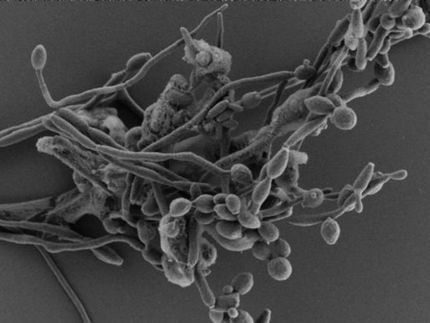Molecular oxygen sensing systems conserved across kingdoms
Advertisement
Researchers have discovered a biochemical oxygen sensing system conserved across biological kingdoms, which allows both plant and animal cells to sense and respond appropriately to changes in oxygen levels - an ability central to the survival of most forms of life.
The newly identified enzymatic oxygen sensor is functionally and biochemically identical in plants and animals. Because oxygen sensing is impaired in many human diseases, like cancer, the findings could pave the way to new therapeutic interventions for addressing cellular hypoxia (oxygen deficiency). In order for cells and tissues to adapt to hypoxic conditions, they must first be able to detect oxygen deficiencies. Previous research has shown that a transcription factor called hypoxia inducible factor (HIF) works as an oxygen sensor in humans.
Other molecular hypoxia signaling systems have been identified across all four eukaryotic kingdoms; in plants, for example, plant cysteine oxidase enzymes control responses to hypoxia. Norma Masson and colleagues investigated this type of cysteine oxidation in animals and identified the enzyme cysteamine (2-aminoethanethiol) dioxygenase (ADO), which functions as an oxygen sensor in both animals and plants. Masson et al. suggest that ADO likely operates on a shorter timescale than HIF, producing more rapid responses to hypoxic conditions. Neither ADO nor HIF, however, is mutually exclusive - the results predict that both the ADO and HIF systems will interact to produce responses to hypoxia.
Most read news
Other news from the department science

Get the life science industry in your inbox
By submitting this form you agree that LUMITOS AG will send you the newsletter(s) selected above by email. Your data will not be passed on to third parties. Your data will be stored and processed in accordance with our data protection regulations. LUMITOS may contact you by email for the purpose of advertising or market and opinion surveys. You can revoke your consent at any time without giving reasons to LUMITOS AG, Ernst-Augustin-Str. 2, 12489 Berlin, Germany or by e-mail at revoke@lumitos.com with effect for the future. In addition, each email contains a link to unsubscribe from the corresponding newsletter.
Most read news
More news from our other portals
© 1997-2025 LUMITOS AG, All rights reserved


























































